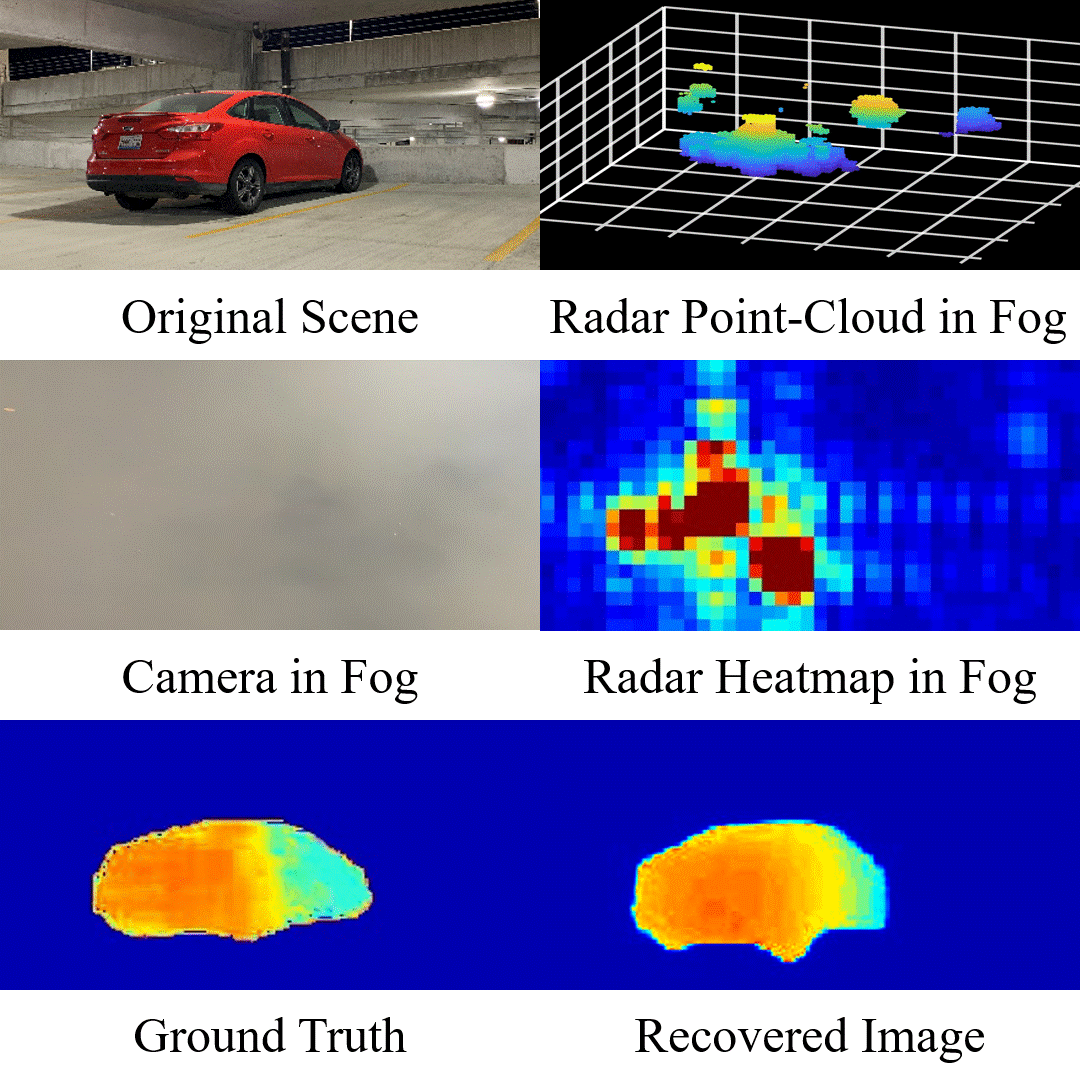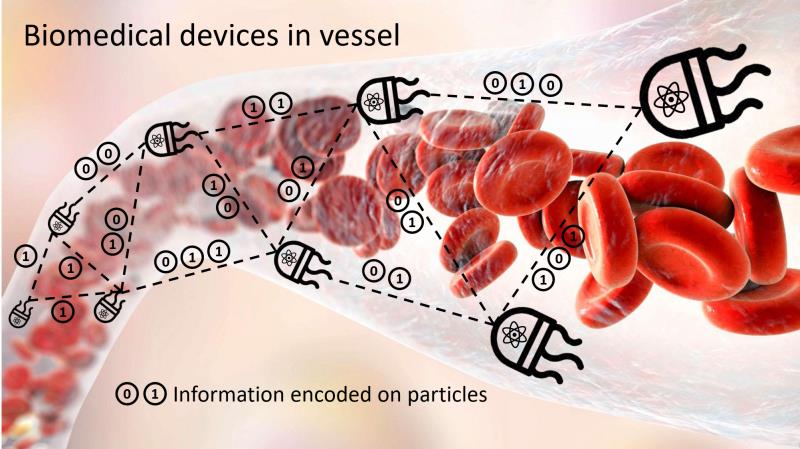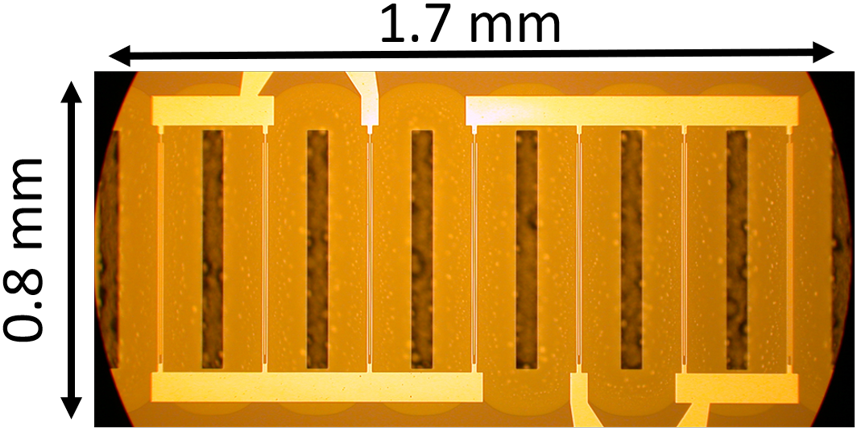Research Areas

Next-Generation Wireless Networks
Millimeter wave (mmWave) Networks form the central core of next-generation wireless networking including 5G and 6G cellular networks, 802.11 wireless LANs, and IoT networks. Millimeter wave, however, is fundamentally different from current wireless technologies in that it uses very narrow directional beams and operates at multi-Gbps data rates. As a result, mmWave systems face new (…)

Wireless Imaging for Autonomous Systems
Wireless Imaging for Autonomous SystemsAchieving fully autonomous vehicles requires the ability to operate in severe weather conditions such as dense fog, smog, snowstorms, and sandstorms. Autonomous vehicles, today, mainly use cameras or LiDARs which suffer in low visibility conditions and bad weather. Our work demonstrated the ability to achieve high-resolution wireless 3D imaging and object (…)

Biomolecular Networks
The Internet of Bio-Nano Things (IoBNT) promises to revolutionize medicine and healthcare. It consists of biological computing machines such as micro and nano-implants that can collect sensor information inside the human body and coordinate monitoring and treatment. The past decade has witnessed huge leaps towards enabling this vision. Advances in bio-engineering, synthetic biology, and nanotechnology (…)

MEMS-Enhanced Wireless Sensing and Localization
Microscope Image of MEMS Spike-Train FilterProjects

Sparse Fourier Transform & Applications
Prof. Hassanieh developed the Sparse Fourier Transform, a family of sublinear time algorithms for computing the Fourier transform faster than FFT by exploiting the inherent sparsity in real-world signals. The algorithms encompass two main axes: (1) Runtime Complexity: Sparse Fourier Transform algorithms that are faster than FFT and have the lowest runtime complexity known to (…)
Please check out our most recent papers!
Radical – Bootstrapping Autonomous Radars with Self-Supervised Learning Accepted to CVPR’24
Congratulations, Yiduo, Sohrab, and the team!
Towards Practical and Scalable Molecular Networks [SIGCOMM’23]
Molecular networks have the potential to enable bio-implants and biological nano-machines to communicate inside the human body. Molecular networks send and receive data between nodes by releasing molecules into the bloodstream. In this work, we explore how we can scale molecular networks from a single transmitter single receiver paradigm to multiple transmitters that can concurrently (…)
Contactless Material Identification with Millimeter Wave Vibrometry [MobiSys’23]
This paper introduces RFVibe, a system that enables contactless material and object identification through the fusion of millimeter wave wireless signals with acoustic signals. In particular, RFVibe plays an audio sound next to the object that generates micro-vibrations in the object. These micro-vibrations can be captured by shining a millimeter wave radar signal on the (…)